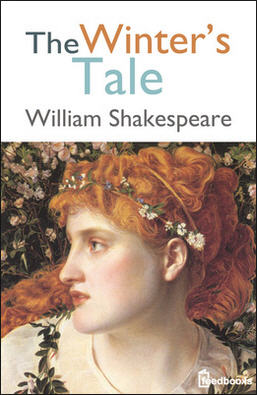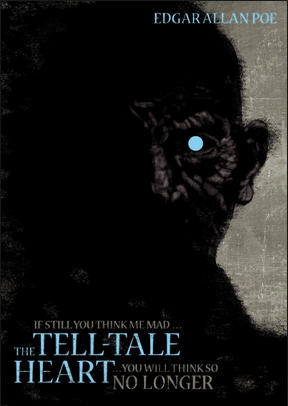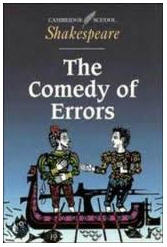
I read T.S. Eliot’s Four Quartets early on in college and really didn’t grasp it. I think the fact that I read it on my own and not as part of a class was what made it difficult for me to grasp. Anyway, I decided to read the collection of poems again and to write about them one at a time. So this is my first of four posts on the Four Quartets.
“Burnt Norton” is a poem about time, essentially, the cycle of time and how the past and the future relate to the present. I found it to be very spiritual and it seems to me that Eliot was drawing inspiration from Eastern religions. The language and the metaphors he uses conjured images of a mandala, where the present is the center and the past and future revolve around, folding into and out from the central point.

From the poem’s opening lines, you immediately get the sense that time is not linear.
Time present and time past
Are both perhaps present in time future,
And time future contained in time past.
If all time is eternally present
All time is unredeemable.
There is a definite impression that everything that ever was and everything that will come into being already exists in the now. Time is relative to our point of existence in the universe. The infinity of possibilities extends in every direction, emanating from our point in space.
Since time and possibility surrounding us is infinite, there is no way that our consciousness can grasp its depth. As Eliot expresses in the following lines, we are only able to grasp an infinitesimal amount of reality, and that is symbolized by the present.
Go, go, go, said the bird: human kind
Cannot bear very much reality.
Time past and time future
What might have been and what has been
Point to one end, which is always present.
(Lines 42 – 46)
Since we cannot fully grasp the past or the future, since both are infinite, all we can do is focus on the present. The only thing we can grasp completely is the moment in which we exist. In order to do this, one must still the mind, as expressed in the following lines.
Time past and time future
Allow but a little consciousness.
T be conscious is to not be in time
But only in time can the moment in the rose-garden,
The moment in the arbor where the rain beat,
The moment in the draughty church at smokefall
Be remembered; involved with past and future.
Only through time time is conquered.
(Lines 82 – 89)
So in order to become fully conscious, we must transcend time. The way that we transcend time is through meditation. When we enter a deep meditative state, time is no longer linear. Everything exists within the single moment of our awakened consciousness. At that point, the past and the future become one with the present in our psyches. This is the only way that we can truly comprehend time and existence.
Later in the poem, Eliot offers a great description of how it feels to enter the deep meditative state.
Descend lower, descend only
Into the world of perpetual solitude,
World not world, but that which is not world,
Internal darkness, deprivation
And destitution of all property,
Desiccation of the world of sense,
Evacuation of the world of fancy,
Inoperancy of the world of spirit;
This is the one way, and the other
Is the same, not in movement
But abstention from movement; while the world moves
In appetency, on its metalled ways
Of time past and time future.
(Lines 114 – 126)
As I read these lines, I recalled experiences I have had while meditating. There is a sense that you lose touch with the world around you, and yet, at the same time, you are fully connected with the world and with all existence within that one moment. It is something that is very hard to describe because it transcends our ordinary reality. The closest you can come to expressing that feeling is through poetry, and Eliot does a great job here.
There is much more to this poem than what I have covered here; for example, I noticed symbolism of time as an eternal circle which I personally associate with the ourosboros. In addition, the number 10 appears in the poem which for me is a very mystical number. Finally, there are references to various Eastern and Western mystic traditions. Any of these could be explored deeper in another post. But I will leave some for you to explore. I encourage you to read this poem, even if you have read it before. It is deeply spiritual and profoundly inspiring.
Look for Part 2—“East Coker”—soon.











You must be logged in to post a comment.